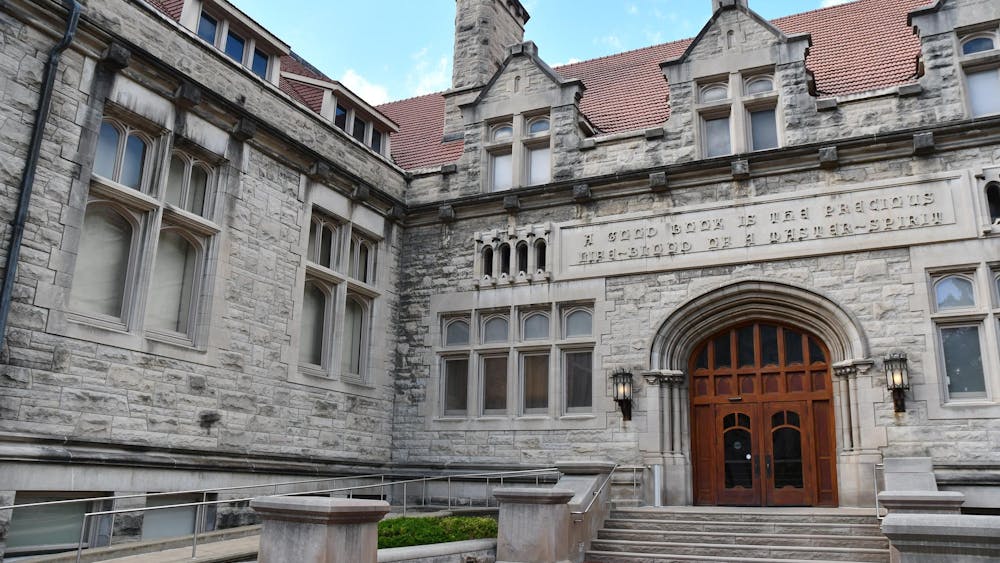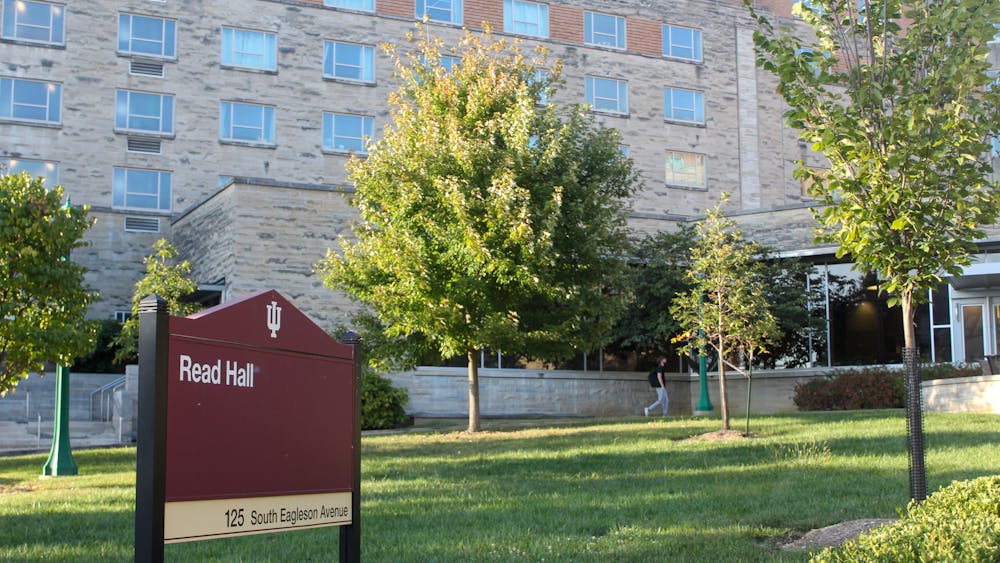Disney’s live-action "Beauty and the Beast" opened Friday with its share of controversy, mostly surrounding the possible inclusion of a gay character. On the press tour prior to release, Director Bill Condon teased that the film would have an “exclusively gay moment.” This moment features LeFou — Gaston’s bumbling sidekick, whose sexuality was not explored in the original animated film.
But the “exclusively gay moment” turned out to be not that exclusive — nor really that gay. Disney should have been bolder.
Throughout the movie, LeFou’s comical devotion to Gaston is well established, but possible attraction is dismissed at every turn and occasionally used as a punchline. And as much as I would have loved to see LeFou make out with Gaston, who is unbearably attractive with his rippling man muscles and springy-looking chest hair, LeFou’s allegedly gay moment instead comes at the end of the film with a nameless character.
In the final scene — a massive reunion of townspeople and castle folk in the grand ballroom — LeFou stumbles into the arms of a nameless man. They smile at each other, and the camera cuts to a wide shot of heterosexual dancing couples.
And that’s it. Really. We don’t even see them dance together. LeFou hugs a hot guy while wearing formal clothing and apparently that counts as groundbreaking.
The best that I can say for "Beauty and the Beast’s" “explicitly gay” character is that an interpretation of LeFou as homosexual no longer feels as far-fetched as Disney LGBT interpretations of the past. Shang from "Mulan" as bisexual, Turk from "Tarzan" as a butch lesbian, and Timon and Pumba from "The Lion King" as a gay couple all come to mind here. Interesting interpretations, certainly, but ultimately easily refuted.
Although an interpretation of LeFou as gay in the new film certainly feels more plausible, the filmmaker’s coding of Lefou’s sexuality is not explicit. In fact, the argument for Lefou as a straight man who stumbles into almost-but-not-quite gay laugh moments is equally as valid as the argument for his homosexuality.
Condon described his characterization of LeFou as someone who “on one day wants to be Gaston, and on another day wants to kiss Gaston.” This uncertain area — between straight admiration and gay desires — all but justifies the wishy-washy characterization of LeFou’s sexuality. It is a narrative that allows Disney to stay within a safe gray space of ambiguity in which neither interpretation — gay or straight — is entirely incorrect. Yes, LeFou seems attracted to Gaston in one moment, but it is equally arguable to attribute his actions to the devotion felt between close, platonic friends. And the moment in the ballroom in which LeFou briefly holds another man is, at the most, slightly suggestive. Frankly, if Condon hadn’t keyed viewers in to the fact that LeFou was supposed to be coded as gay, the dance floor embrace would likely have gone over most people’s heads.
In short, the overall effect is far from explicit. Instead, it comes off as a subtle hat-tip to the LGBT community that never advances beyond a closeted acknowledgment. For filmmakers to call LeFou Disney’s first openly gay character when his sexuality is ambiguous at best feels like a hollow attempt at progressive politics from a company unwilling to take an actual stance.





